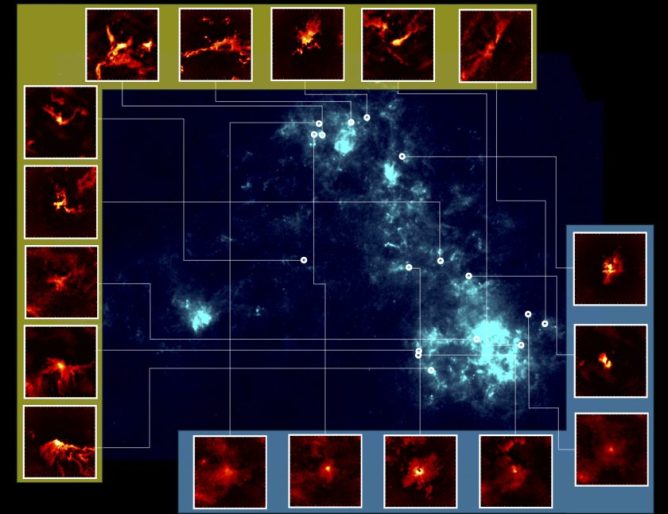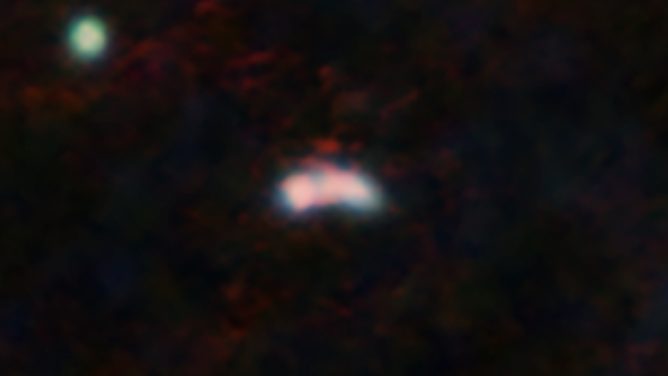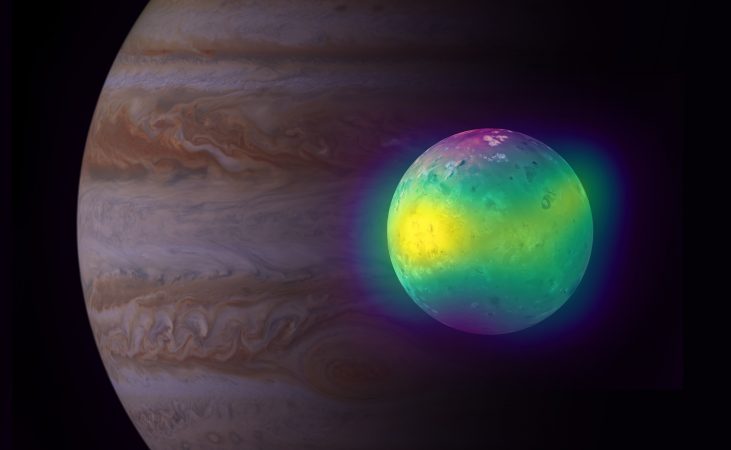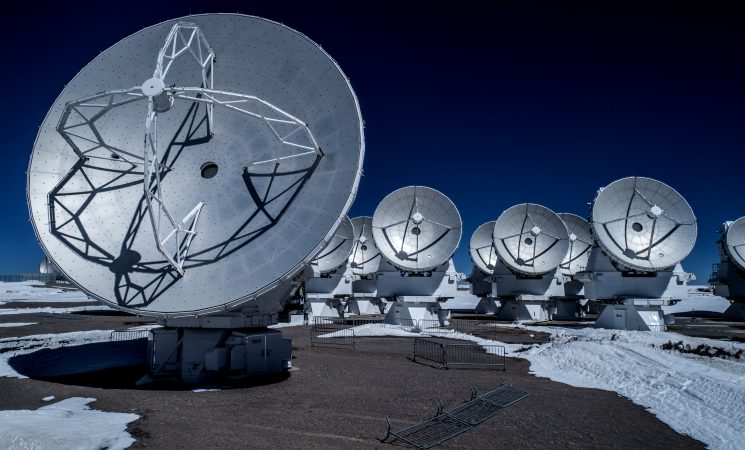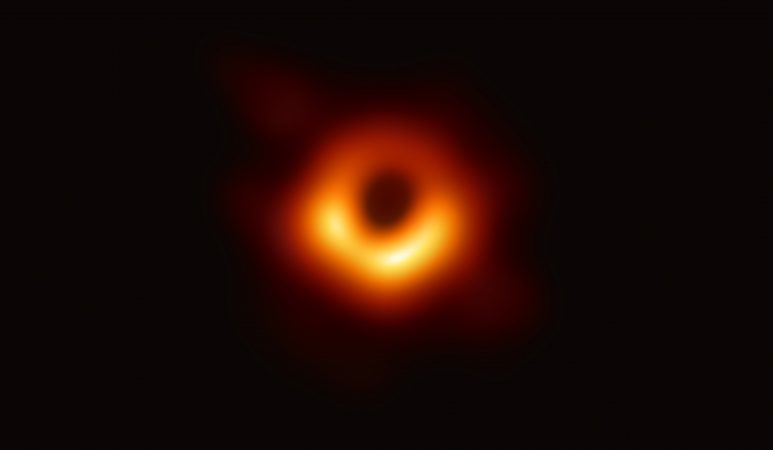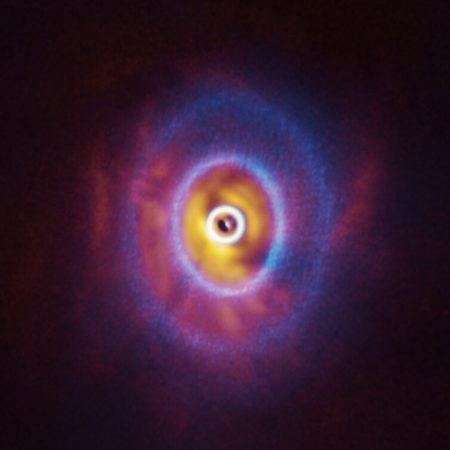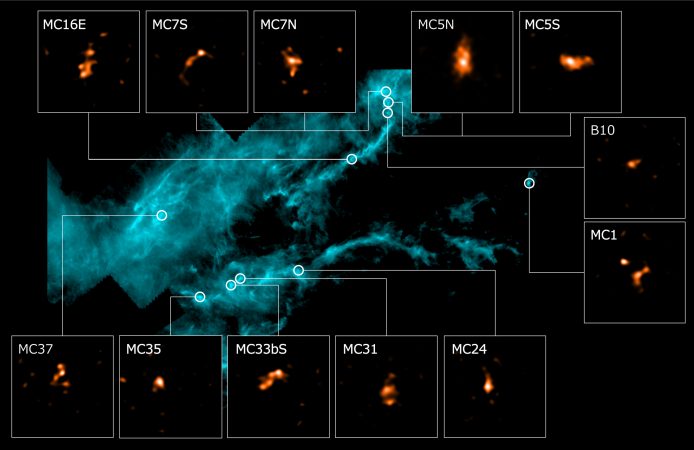
Kataoka received the award for his work on “Research on planet formation processes using numerical calculations and millimeter-wave polarization observations.” Planets are believed to form from tiny dust grains colliding with each other in a gaseous disk surrounding a young star (known as protoplanetary disk). However, previous theoretical models have struggled to explain planet formation, as they predicted that the dust agglomerates would break apart upon colliding. Using numerical calculations, Kataoka has theoretically shown that dust grains can successfully stick together because they form porous, non-spherical structures rather than solid spheres [1]. He further tested this theory through observational research using ALMA’s millimeter-wave polarization measurements of protoplanetary disks [2].
[1] The seeds of planets are fluffy
http://th.nao.ac.jp/release/20131004/index_en.html
[2] ALMA measures size of seeds of planets
https://alma-telescope.jp/en/news/press/mt-alma_measures_size_of_seeds_of_planets.html
Link:
https://www.nao.ac.jp/en/news/topics/2025/20250415-award.html

